Bird Photography In Bolivia – A Trip Report
FORWARD
Bolivia is an extremely diverse country when it comes to birds. In fact, some say that if it wasn’t land-locked it would have more species than any other country. Endemism is not especially high but there are some stunners to search for such as the Red-fronted Macaw and Black-hooded Sunbeam. The country lacks a field guide and, perhaps because of this, has been under-birded compared to the other Andean nations. This can lead to some frustration when trying to get information about sites and species. The other side of the coin is that it makes it a very exciting place to visit as a photographer because there have been so few good images of the birds that live there. The goal of this trip was to find and photograph as many of the endemics and near-endemics as possible.
I will include some images with this post. To see more visit – www.glennbartley.com
DAY BY DAY SUMMARY
The trip began with an international flight in to the city of Santa Cruz. Coming in from sea level it made a lot of sense to begin here in the lowlands rather than flying in toLa Paz where the air is notoriously thin.
Birding Botanical Gardens of Santa Cruz and Lomas de Arenas
My first destination was right in the city at the local botanical gardens. There were a surprising number of good birds to be found here and I visited the site several times while I organized the rental car and prepared to head in to the field. The highlights included: Red-billed Scythebill, Pale-crested Woodpecker and Bolivian Slaty Antshrike.
A second site that was worth a quick visit was Lomas de Arena. At this site I had Guira Cuckoo, Burrowing Owl, Southern Lapwing and White-eared Puffbird.
Santa Cruz Airport birding
The first “real” birding site was a few hours away along the old road to Cochabamba. Rather than waste a morning driving there I decided to visit the Santa Cruz airport and see if I could come up with anything. It turned out to be an action packed morning with Greater Rhea’s, White-bellied Nothura, Red-winged Tinamou and Wedge-tailed Grass Finch all giving great photo opps.
Birds at Refugio Los Volcanos
After an unexpectedly successful morning I hit the road for the Refugio Los Volcanes. About a 2-3 hour drive from Santa Cruz this lodge is positioned in a setting that is unlike anywhere I had ever been. Set in a clearing down in a valley the small lodge is surrounded by towering red cliffs on all sides. It truly is a spectacular destination! This site proved to be the best of the trip for nocturnal birds and on the first night there I managed to photograph Band-bellied and Rufescent Screech Owl. Fruit placed out near the kitchen provided exceptional opportunities to photograph Purplish and Plush-crested Jays (see above) and the edges of the clearing were good for a few of the other common birds including Rufous-bellied Thrush and Blue-fronted Amazon Parrot. After two nights at this wonderful lodge it was once again time to move on.
Birdwatching Samaipata
The town of Samaipata was conveniently located along the old road to make a stop for the night. Based on a recommendation I stayed at a Dutch run hotel called “La Vispera”. The grounds around the hotel were good for Black-capped Warbling Finch, White-tipped Plantcutter, Red-crested Finch and Lineated Woodpecker.
Parrots and Macaws at Red-fronted Macaw Lodge
A few hours further down the road I found myself at the Red-fronted Macaw Lodge. This excellent site has been set up to protect the breeding cliff of the endemic and endangered species for which the lodge is named. During the time of my visit the Macaws were constantly around the cliffs as were the endemic Cliff Parakeets. The third endemic to be seen here is the drab Bolivian Blackbird.
The habitat around the lodge is dry scrub and it is loaded with birds. Commonly seen species included Blue and Yellow Tanager, Narrow-billed Woodcreeper, Mitred Parakeet, Greater Wagtail Tyrant, Ringed Warbling Finch, Creamy-bellied Thrush, White-fronted Woodpecker, Golden-billed Saltator, Masked Gnatcatcher and Glittering-bellied Emerald. I spent three days here working on getting great images of the Macaws as well as the supporting cast of characters.
Birding Scrub at Comarapa and subtropical forest at Siberia
The next move took me further down the old road towards the town of Comarapa. This would be my base for visiting the higher elevation cloud forests of Siberia where I would search for the Rufous-faced Antpitta and Black-hooded Sunbeam. Lower elevations were good for the Bolivian Earthcreeper, Yellow-billed Tit-Tyrant, Olive-crowned Crescentchest and Great Pampa Finch. Although I missed the Sunbeam here we did find a great site for a territorial Red-tailed Comet. What a spectacular hummingbird!!
Cochabamba bird photography
I spent several days in this area battling the sunny conditions and elusive birds before continuing on to Cochabamba. Along the way roadside stops turned up Fulvous-headed Brush-Finch, Brown-capped Tit-Spinetail, Grey-bellied Flowerpiercer, Brown-capped Redstart and Creamy-breasted Canastero.
For a bit of a rest morning I visited the Laguna Alalay which is right in town. Here I photographed Collared Plovers and spotted Rosy-billed Pochards, Red Shovellers and White-backed Stilts among other common waterbirds.
At one point while walking around the perimeter of the lake a brilliant red, white and blue bird emerged from the reeds. This was a highly unexpected colour palette to encounter here and it definitely took a few moments for the brain to comprehend that the bird I was seeing was actually a Cattle Egret that some local fool had painted with the colours of the resident soccer team. I seriously wish I could have found him and sprayed him with paint!
I was fortunate enough to have a local researcher to take me out to her study site the next morning to look for the Cochabamba Mountain Finch (another endemic). That morning I was lucky to find and get decent images of this species as well as Rock Earthcreeper. I was unlucky to back the car in to a rock. Crap!
That afternoon I visited the nearby San Miguel Polylepis forest and had an awesome encounter with Red-crested Cotingas as well as Puna Canastero, White-winged Diuca Finch and Slender-billed Miner.
Missing the Sunbeam was not sitting well. Not one bit! Reluctantly I made the decision to drive back the 200km and 5 hours or so to the “site” for the Sunbeam and try my luck again. But once again luck was not on my side. In addition to the THREE flat tires that I got on the way, a huge protest had pushed traffic from the new road to the old one and there were so many cars and so much dust that any birds that may have been there had wisely moved on. Consolation prizes along the way included a cooperative Rufous Antpitta and Light-crowned Spinetails. But at the end of two more days I had to face the fact that it was strike two on the sunbeam.
Birding Chapare Road? Not!
The original plan was to spend the next 2-3 days along the Chapare road looking for all the goodies there. Unfortunately the protest was raging on. Angry locals had blocked the road, flipped over police cars and set them on fire and the smell of tear gas was heavy in the air. It wasn’t that difficult of a decision to move on and skip this area even though it meant missing a few good birds.
I drove towards and past the town of Oruro and to the Lago Uru-Uru. Here I had a messy day of shooting all three Flamingo species as well as Andean Avocet and a few migrant shorebirds. Its always fun to get down and crawl in the mud. Well…as long as you get the shot. Otherwise it is just loco!
Coroico road. Birding the road of death.
Onwards I traveled in the direction of La Paz for the final phase of the trip. The first site to be visited was just a half hour or so from the city. Here up in the puna habitat I was able to coax out Streak-throated Canastero, Plumbeous Sierra-Finch before descending to the Cotopata Trail. The rain was looming so there wasn’t much time to search for birds. In the first 200 metres of the trail I was able to find some cooperative Three-striped Hemispinguses and a Rufous-backed Chat Tyrant and heard the persistent calling of a Diademed Tapaculo. Alas, the skies opened up and I retired to the town of Coroico for the night.
The following day there was a National census taking place and I was informed that I would not be able to drive anywhere. Great! Thankfully Coroico is set in an area where you can hit the trails and wander in to some decent habitat. Not too far out of town I was able to nail Black-faced Tanagers and Variable Antshrikes. This was a great relief after assuming that the day would be a total loss. Back at the hotel I had a good look at a stunning male Swallow Tanager and some Speckled Chachalacas to finish the day.
Sometimes on photo trips you hit patches of bad luck. It felt like I was just grinding it out for the past week or so. It’s not that I wasn’t getting good images. I was just having to work really hard for them and also deal with all of the protests, censuses, flat tires, smashed bumpers, etc, etc. Perseverance always pays off though and I always try to think that if you can just hang in there you will be rewarded.
On November 22 I had one of those epic days of photography that is sure to live long in the memory. Starting out before dawn in Coroico I headed up the main road to the infamous “road of death”. As the sun began to shine the first images of the day materialized as a pair of very tame Mountain Caracaras cooperatively posed for me on a gorgeous perch. A great way to start the day! From then on the pace of the day picked up to an almost dizzying pace. A roadside flock held Scarlet-bellied and Hooded Mountain Tanagers. Not one, or two, but FOUR Hooded Mountain Toucans emerged from the cloud forests to pose for my camera. Mountain Wrens, Band-tailed Fruiteaters and Black Thistletails were all giving amazing photo opportunities. It wasn’t even lunch yet!!! Next up was a charismatic White-collared Jay who cooperated nicely and I finished the day with Superciliaried Hemispingus and, better yet, Orange-browed Hemispingus. What an insane day!!!
After a day like that I simply had to return to this site again and see if the luck would continue. Of course you can never recreate a day like that and the action was indeed much slower. I was able to pick up Sickle-winged Guan, Plushcap, Barred Fruiteater and the other subspecies of Light-crowned Spinetail. Still not a bad day! In the late afternoon I stopped in at a lower elevation site and from the dense undergrowth pulled out a cute little Ochre-faced Tody-Tyrant before calling it a day.
The next morning I decided to try to finish up with the “Road of Death”. As a side note – this road earned its name because more drivers have lost their lives per km of road than any other. The dirt road is carved in to the mountain slopes and the consequences of slipping off the edge are indeed severe. Luckily the Bolivians realized this and worked hard to create a paved, and much safer, bypass around the old road. This is such a great gift for bird watching because now you can explore the Carraterra de la Muerte with virtually no traffic. It is a stunning area and is loaded with good birds. Hopefully the habitat will remain preserved here for generations to come.
My final morning produced very few new birds. The Cotopata trail was looking promising for the Diademed Tapaculo. However, as Tapaculos like to do, these birds stayed hidden and impossible to photograph.
On the way back to La Paz the weather was abnormally calm. The decision was made to stop at a highland site and hike up away from the main road to where I hoped to find some good birds. I was hoping for an Olivaceous Thornbill but there were none to be found. I did nail great shots of Puna Tapaculo (the only easy member of this Genus) and Scribble-tailed Canastero. Hiking at this altitude (4000m +) is always hard work but I had enough energy for one last stop at “La Cumbre” where I found some Andean Geese, Diuca Finches and a few more waterbirds before heading back to La Paz for the night.
Titicaca Flightless Grebe
My next mission was to travel to Lago Titicaca and try for the critically endangered Flightless Grebe. This was a poorly planned endeavour that miraculously worked out. After finding a hotel on the lake in the dark I somehow managed to find a canoe in the morning to paddle out in to the lake. Before long I had plenty of Grebes to look at.
Black-hooded Sunbeam at Sorata. Finally!
The final site for the trip was near the town of Sorata where I had heard that the Black-hooded Sunbeams were reliable. This was my third and final chance for this species and the anticipation was intense. Driving down towards the town I spotted an area that was loaded with flowers and looked promising to search for hummingbirds. Sure enough I hopped out of the car, walked 10 metres and there he was – a stunning male Black-hooded Sunbeam perched at the perfect angle to show off its incredible blue back. Blasting away at 8 frames a second the moment came and went and as I looked at my LCD screen what I saw was one of the most amazing hummingbirds on earth and what I felt was euphoric relief. It was an incredible way to end the trip.
To see more images visit me online – www.glennbartley.com
You can sign up for my monthly newsletter – HERE

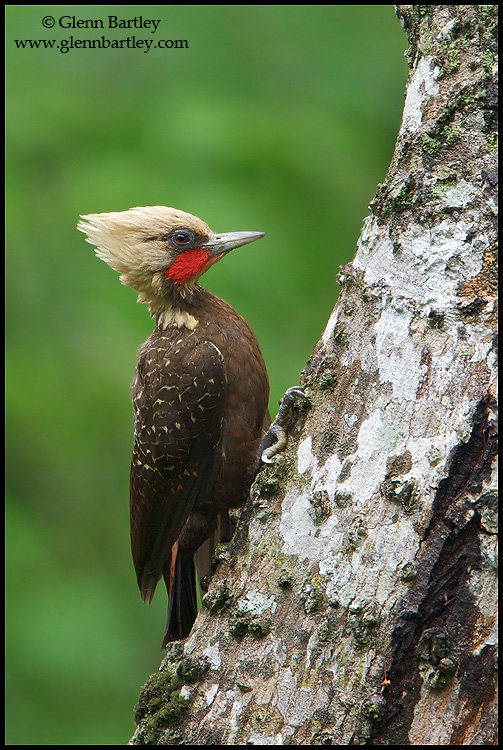
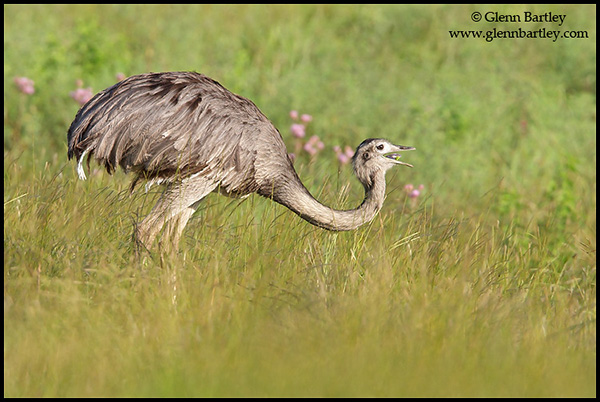

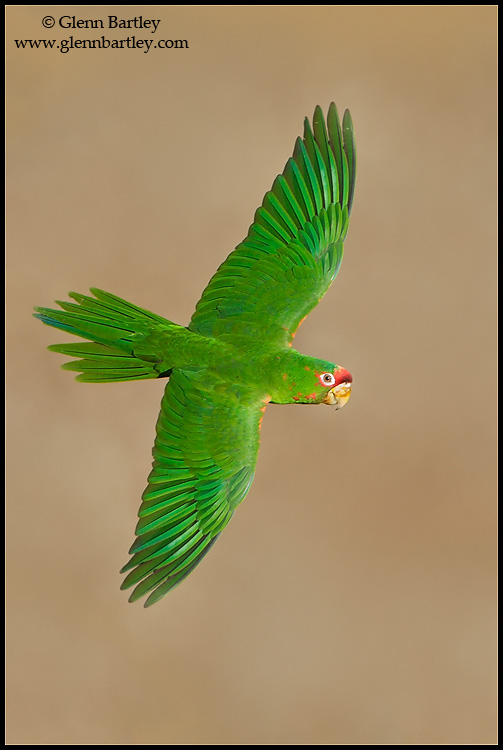
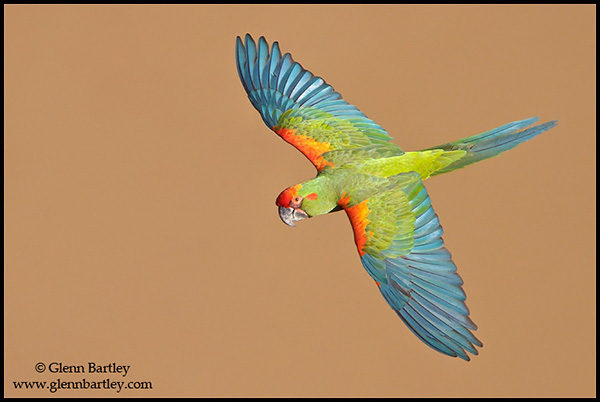
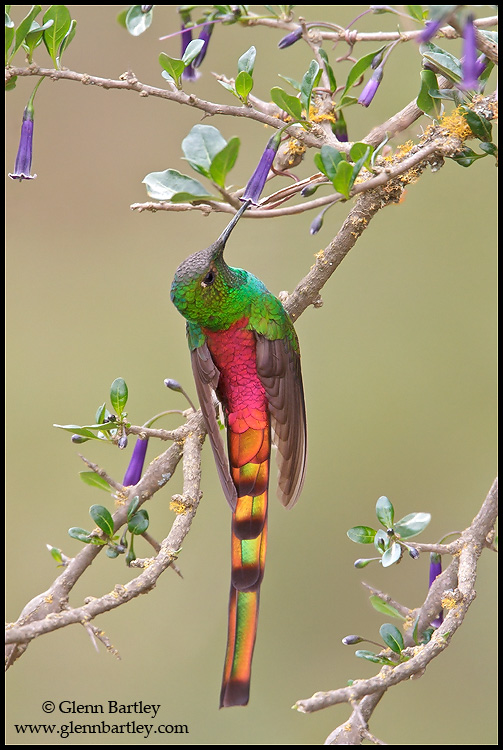
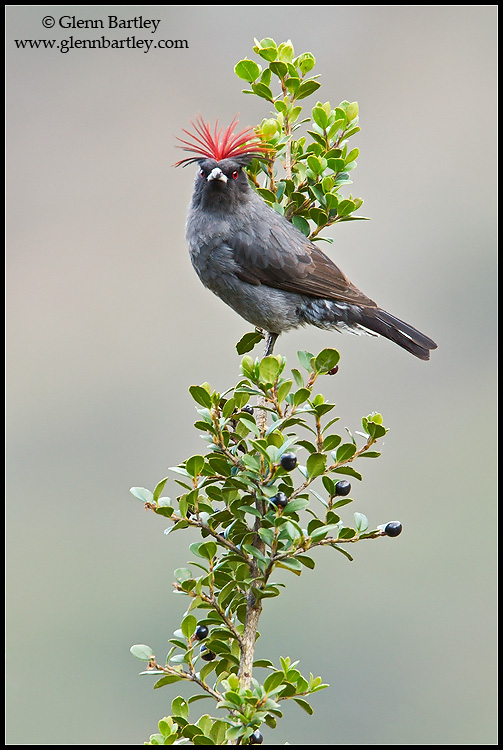

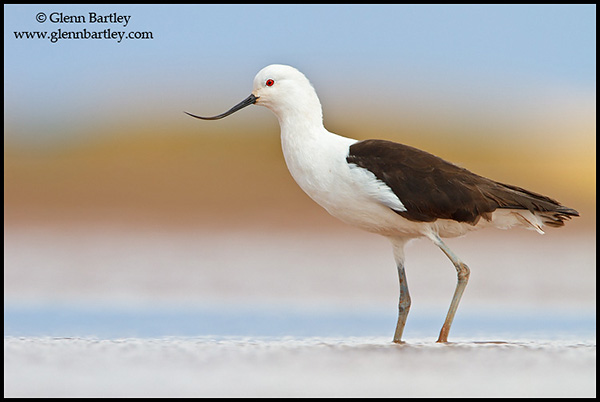

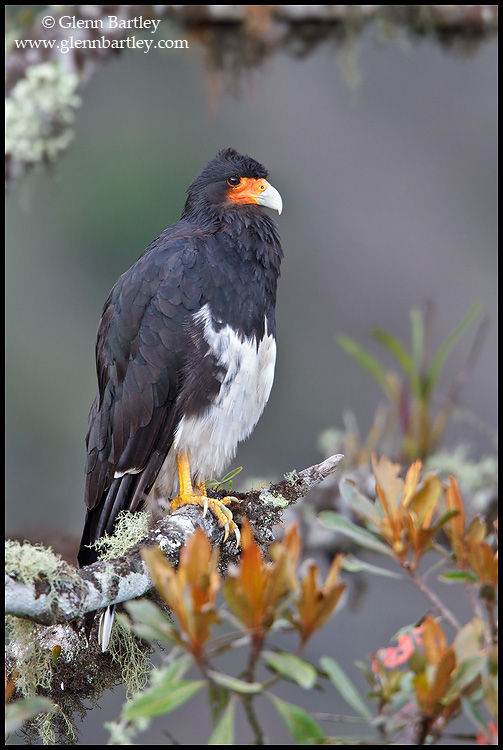
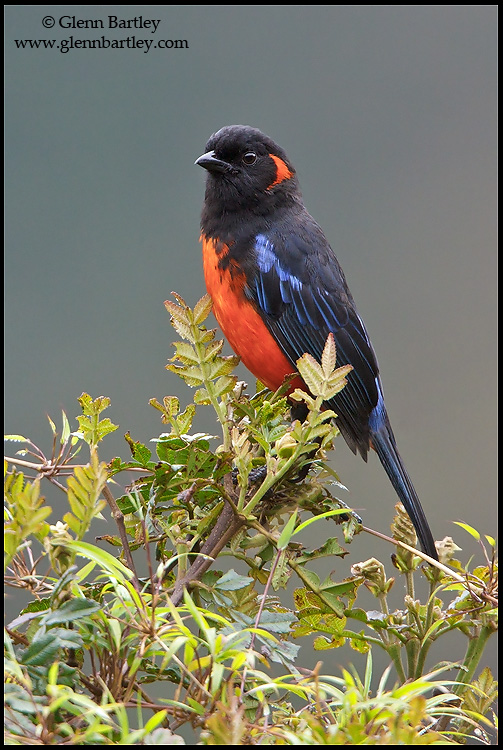

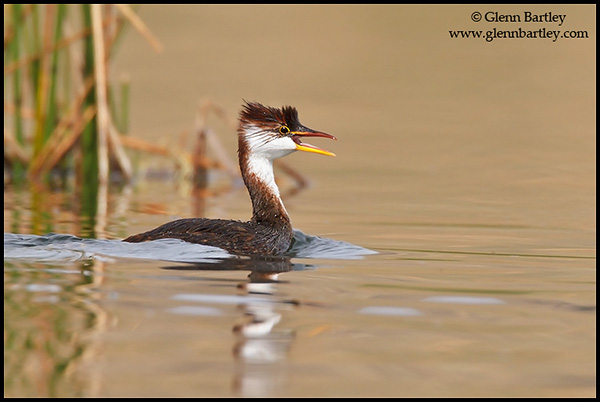
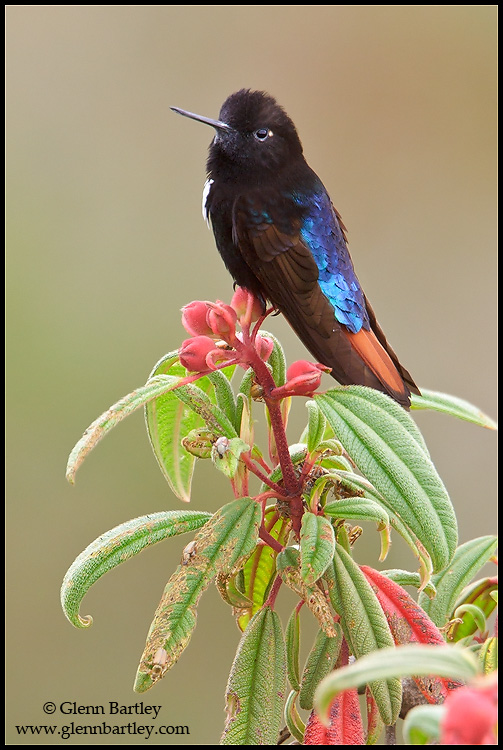
BEAUTIFUL images!
Stunning pictures Glenn, planning a private tour this November.